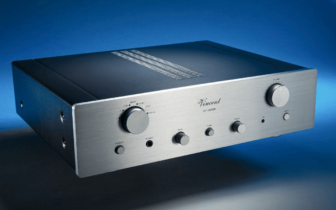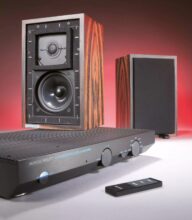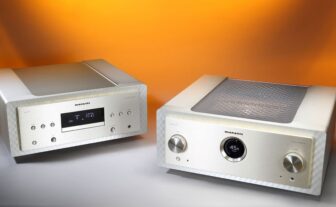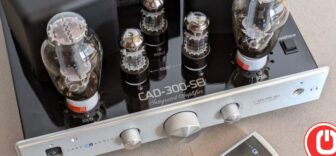Musical Fidelity Nu-Vista 600 Review
Musical Fidelity expands its famous Nu-Vista series with a smaller integrated amplifier. The Nu-Vista 600 therefore weighs only 34 kilograms; of course, more than 200 watts are available.
Roland Kraft
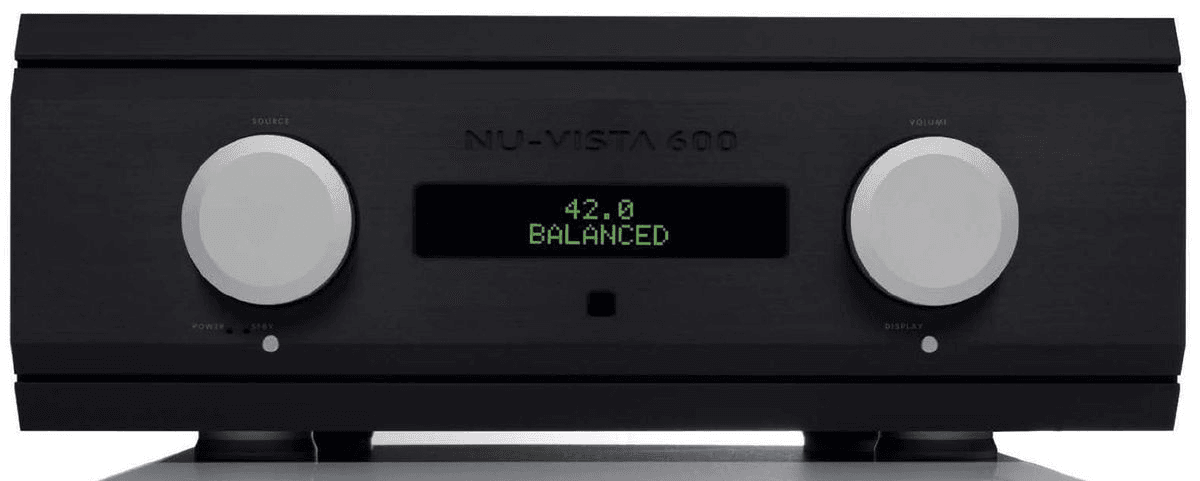
Musical Fidelity founder Antony Michaelson is always up for a joke. One could even say: notorious. Almost two decades ago, the author of these lines had the pleasure of enjoying the following comment from the Englishman on the occasion of a speaker with no less than three pairs of binding posts: “This is for normal wiring, this is for bi-wiring and this is for bullshit.”
He has always maintained his common sense, which, as is well known, is not always encountered in the realm of high-end hi-fi, as well as a no less reasonable attitude towards the relation of price and performance. There’s also not much fuss made about the company’s current top products from the Nu-Vista series, and regarding the current smaller brother of the Nu-Vista 800 it is said rather dryly: “…very similar sound to the 800 but about 2 dB less headroom.”
Which still means that more than 200 watts are available, packed into an expansive transport problem of 48 centimeters in width. Nevertheless, the Nu-Vista 600 can be considered optically quite discreetly designed. Apart from the monstrous housing, its unmistakable feature is probably the two huge aluminum knobs, which are initially quite simply responsible for input selection and volume control. But, as with every modern amp, behind the thick front panel hides an operating system and—unexpectedly—also a total of four tubes, more precisely: triodes. And they sit quite prestigiously in a small separate chamber on the top of the Nu-Vista 600, additionally illuminated by a gentle light.
Very Special Tubes
In the Musical Fidelity Nu-Vista 600, however, the four tubes look quite different from usual. They are very special, very small tubes called nuvistors, whose systems sit in a metal housing. Weak heater glow is therefore sought in vain, which is probably why the English came up with the warm additional lighting, because the tiny devices with the diameter of a pencil would otherwise be very unspectacular.
It has now been 15 years since Antony Michaelson pounced on the still surprisingly large new-old-stock supplies of these special tubes presented in the early 1960s. His Nu-Vista preamplifier, introduced in 1999, can be considered a sensation and, in terms of sound, caused a stir as an outstanding teamwork between tubes and transistors.
However, the Nu-Vista devices, including an integrated amplifier and a CD player, had to be limited, but not because of a lack of nuvistors, but due to a shortage of sockets for the nuvistors equipped with short pin bases. Many years later, according to Michaelson, the internet enabled new research into the coveted components. Michaelson eventually found them. And so a new Nu-Vista series became possible.
Hybrid de Luxe
The sheer tiny size of the nuvistors nowadays makes it possible to use the compact amplifiers on already densely laid-out SMD boards. Short signal paths and an arrangement directly behind the connection panel of the integrated amplifier and as much as possible out of the stray field of large power transformers are known to be beneficial to the sound.
The typical application area of the tiny triodes is naturally the voltage amplifier, that is, the input, because they can only process small currents by nature. With its two pairs of output transistors per channel, the Nu-Vista 600 is thus a hybrid concept, with the power amplifier, according to Antony Michaelson, derived from the famous 1000-watt amplifier “Titan” built only in small series. The configuration is pure dual-mono with two separate power transformers per channel, each delivering 650 watts, combined with extremely current-potent Sanken output transistors. In principle, according to Musical Fidelity, the 600 is the same amp as the Nu-Vista 800, but with a somewhat slimmed-down housing and only half the output transistors.
Stable and Powerful
What immediately stands out about this large integrated amplifier is its almost unshakable calm, obviously endless supply of power, and an extremely colorful, slightly fuller, and therefore consistently beautiful sound—not in the sense of being beautified, but extremely pleasant to listen to. This slight baroque touch blends splendidly with the detail and finesse that this integrated amplifier can still offer. All in all, with the Nu-Vista 600 you encounter a rare combination of vise-like grip and clear, clean, enormously high resolution without any harshness.
Moreover, the highly dynamic and vividly playing Nu-Vista also proves itself in terms of honesty. This becomes apparent on the fourth track of the 7Review CD “Nordic Sounds”, which at times is intentionally sharp and glassy, even brash, but should also reach the listening position with exciting timing.
That the sonic virtues of tubes—or more precisely, of the nuvistor—leave their footprint here is beyond doubt. “You have the beauty and warmth of nuvistor tubes,” says Antony Michaelson. He’s right, and now also added are precision and the composure of superior power development. A wonderful combination that also offers a completely free choice of speakers.
The Nuvistor: He Who Comes Too Late Is Punished by Life
When RCA (Radio Corporation of America) presented the newly developed nuvistor in 1959, it solved a whole series of problems that conventional glass tubes brought with them. The much smaller nuvistors were very suitable for high-frequency applications, and they inherently allowed for high transconductance (the ratio of change in anode current to change in grid voltage, a measure of the amplification factor). In the nuvistor, the compact tube system sits on a ceramic base with short pin sockets, which is welded with a stainless steel shell; internally, the nuvistor built as triode and tetrode has no glass or mica parts.
Our picture shows on the far left a directly heated triode from the 1930s and next to it a “modern” Noval double triode from the 1950s (ECC88). The third, small tube next to it is a miniature “pencil” tube, which is already quite space-saving—although still no comparison with the nuvistor next to it on the right (the fourth component from the left), which could already compete with an old transistor to its right. The last two examples in the row show current transistor designs, which, however, still appear huge compared to their SMD counterparts.
The nuvistors, used among other things as amplifiers in high-quality measuring equipment (examples can be found at Tektronix and Rohde & Schwarz), are, in contrast to glass tubes, enormously vibration and shock-resistant, even insensitive to extreme temperatures, and they have a lifespan of an average of 10,000 hours as well as tight tolerances, which also predestined the tiny devices for less peaceful applications.
Nuvistors were built in the USA, the Soviet Union, and in 1961 also in Germany. At the same time, the transistor, invented in 1947, had begun its triumphal march with its better energy balance (it requires no heating unlike the nuvistor), and it was already foreseeable that there was little to prevent further miniaturization of the semiconductor. Thus, the nuvistors remained a not unsuccessful but quickly outdated variant of tube technology.
Anyone who wants to know more about nuvistors can find information on Wikipedia or on the wonderful tube page by H.-T. Schmidt (www.htshomepage.de).
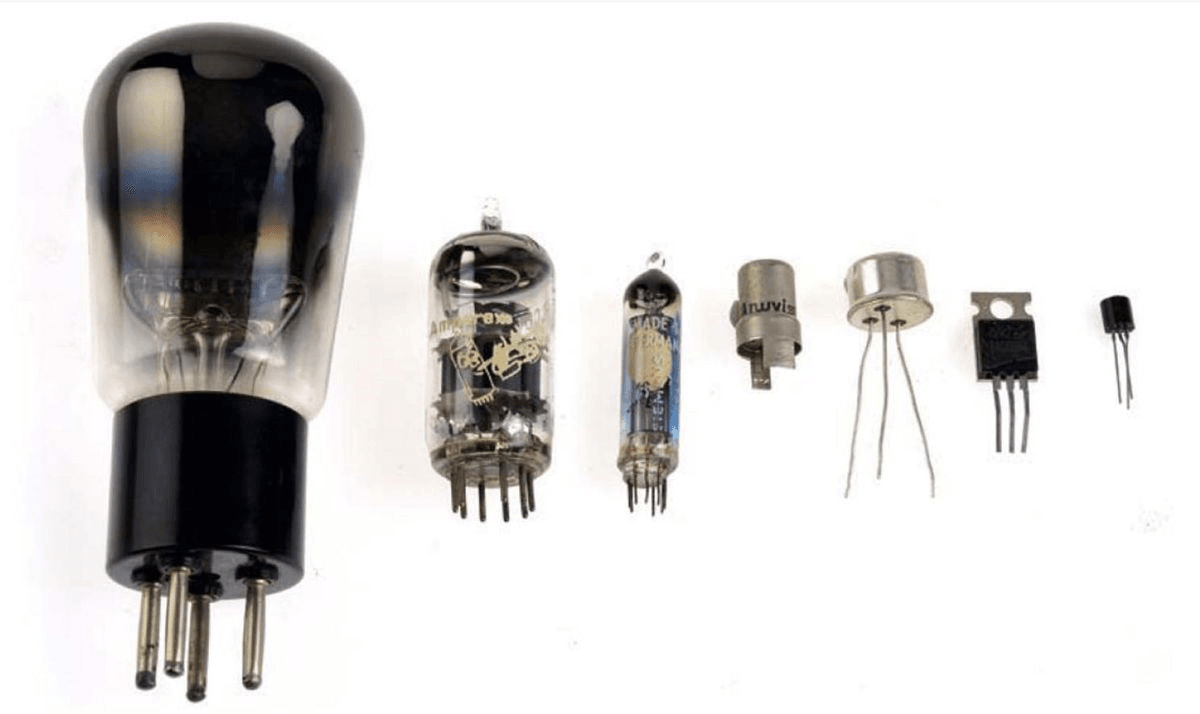
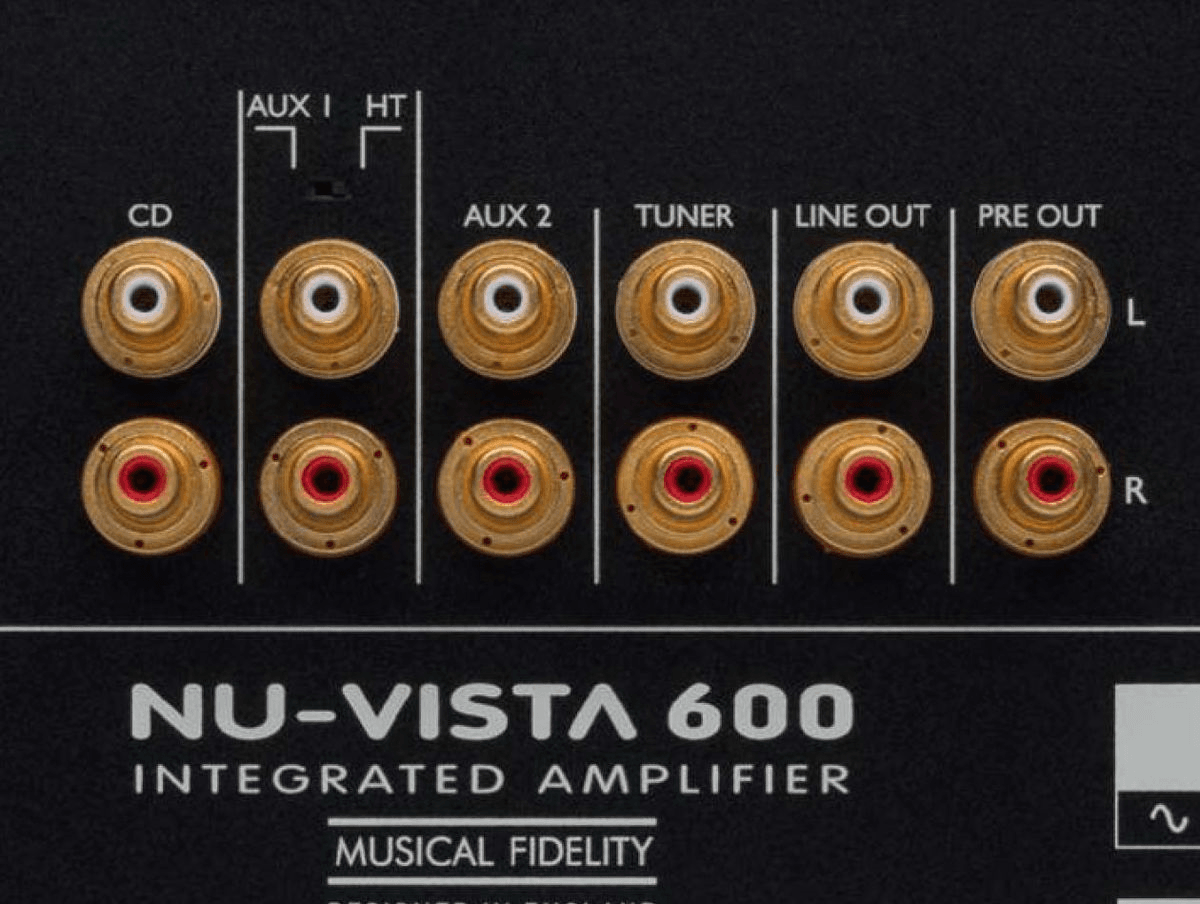
Apart from its four unbalanced line inputs, the Nu-Vista 600 also features an XLR input. The preamp output is also suitable for bi-amping.
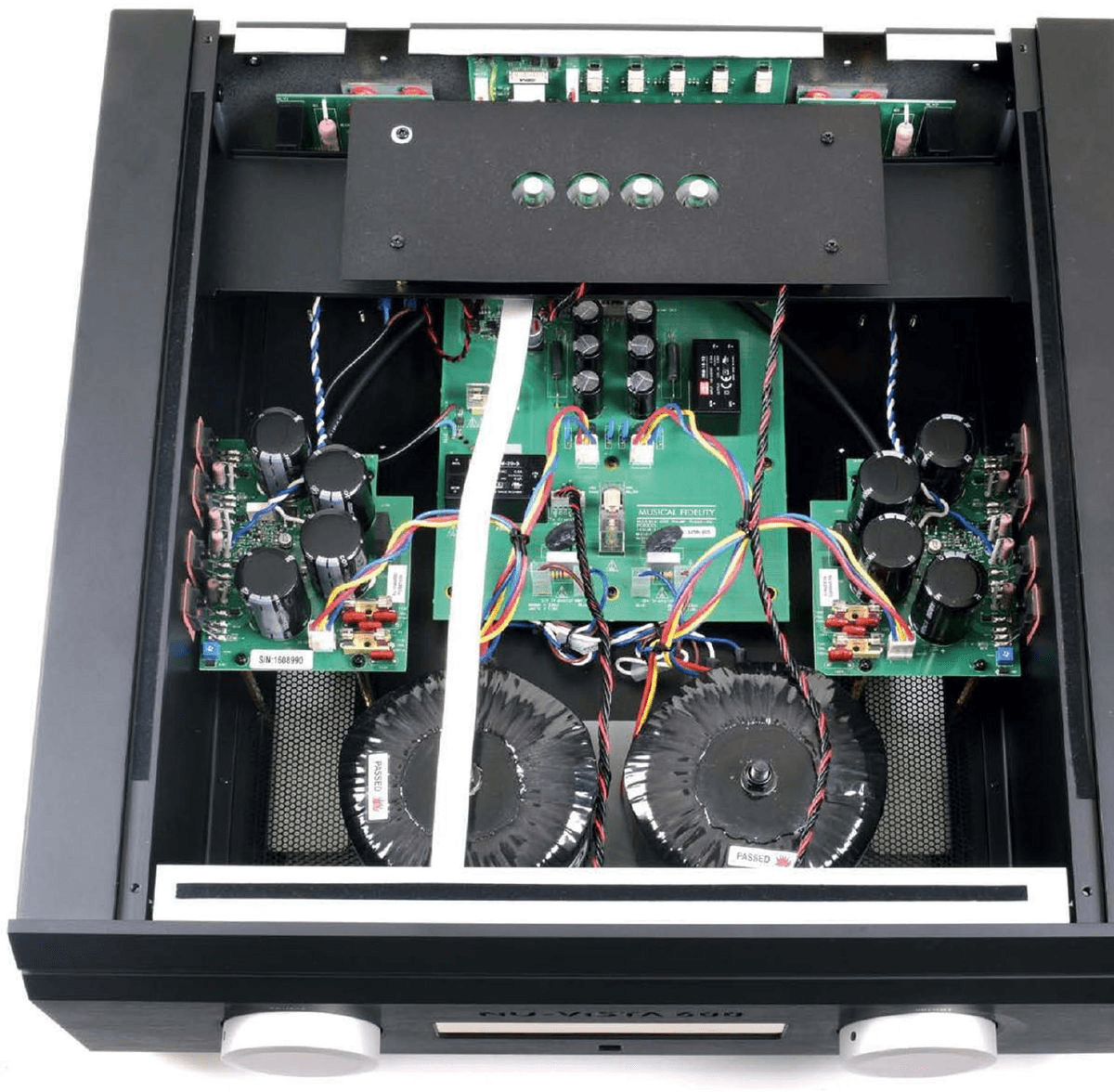
Nu-Vista 600: laser-trimmed precision resistors in the volume control, precisely matched output transistors, a dedicated power supply for the nuvistors as well as its own isolated power supply for display and operating system. By the way: the transformers are dead silent.


